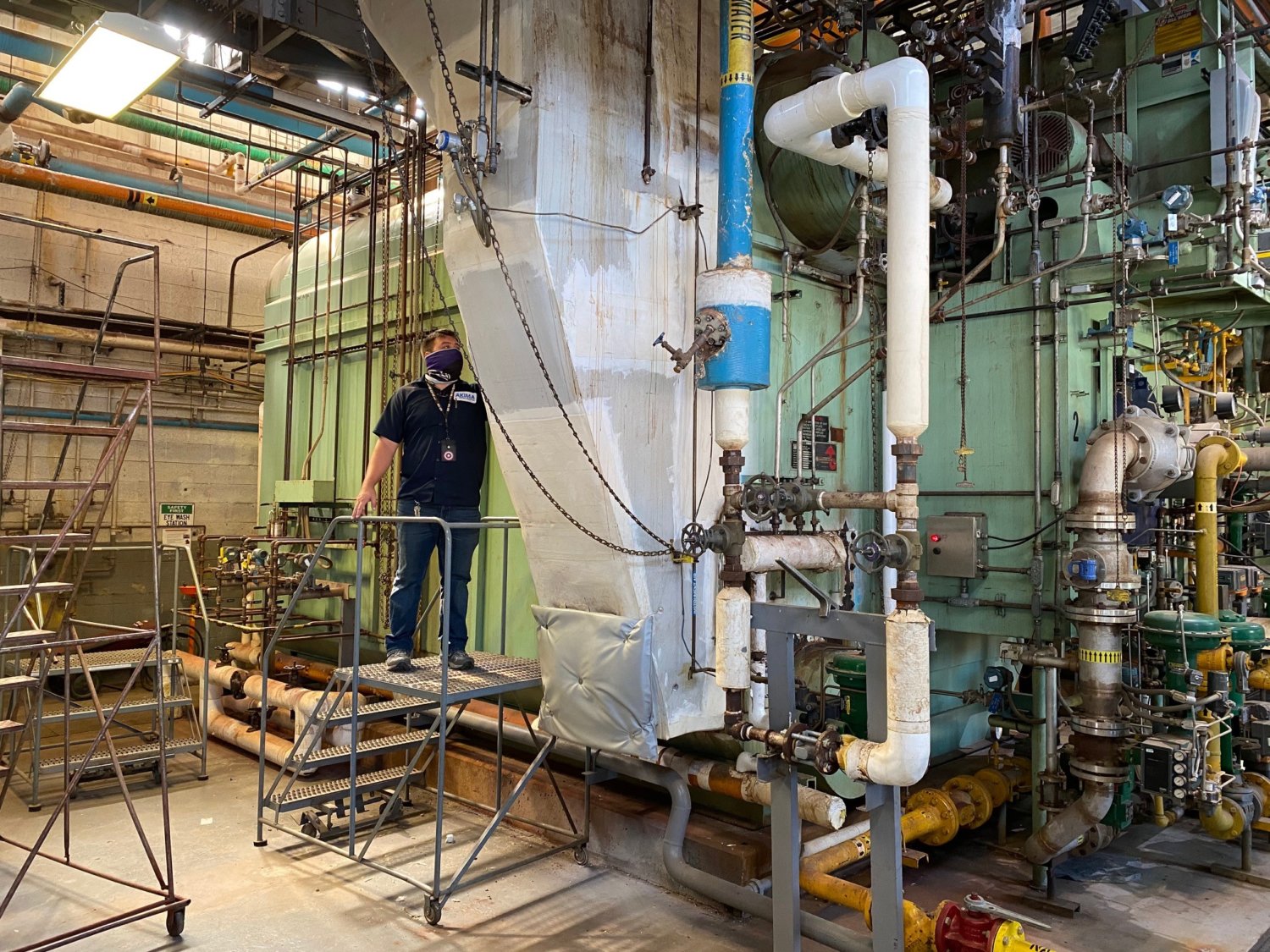After a prolonged period of high tempo operations and transition, the 407th Army Field Support Battalion (AFSBn) at Fort Hood sought a partner to assess the current state of supply operations and make recommendations for increased efficiency to better meet the needs of the soldiers that rely on the Battalion’s mission critical support. Akima Support Operations (ASO) was given the unique opportunity to leverage the experience and skills of its large veteran workforce to help the AFSBn achieve its goals.
Reimagining the Supply Support Activity (SSA)
“The SSA is the heartbeat of the supply system,” says Brig. Gen. Ronald Ragin, 13th ESC Commanding General. “The SSA that was supporting the III Corps separates was actually run by a unit SSA, and so with the deployment requirements that left them short on personnel, it created a huge backlog in the system,” Ragin explained. “By having a contractor-run SSA, that’s going to increase velocity in the supply system and then unencumber the units from having to do things that are not supporting deployments.”
In early 2020, ASO took over full operational control of the new Phantom SSA, encompassing eight buildings and more than 30,000 square feet of space. Within six short months, the ASO team—in conjunction with the 407th AFSBn, the 13th ESC, and the III Corps G4—had completely reimagined the SSA. The team worked quickly to clear approximately 8,000 backlogged requisitions and 10,000 incoming requisitions, while also maintaining more than 4,300 Authorized to Forecast (ATF) lines daily.
Improving Readiness and Modernization
ASO’s work in support of the mission at Fort Hood doesn’t stop at the Phantom SSA. ASO also provides mission critical fieldlevel support maintenance for tactical vehicles and equipment as part of a pilot process initiated by the Army known as the Modernization Displacement and Repair Site (MDRS). MDRS was established due to the amount of excess equipment in tactical formations exceeding the Army’s capacity and capabilities to maintain readiness and transfer.
Under this pilot program initiated at Fort Hood (and set to expand to other posts across the U.S.), ASO operates the equipment divestiture site. Approximately 100 ASO personnel support the rapid repair and transfer of hundreds of pieces of tactical equipment to improve operational readiness across the Army. The ASO team receives, inventories, and inspects incoming equipment, as well as stores, safeguards, repairs, and initiates its movement to a designated destination by a required delivery date. The ASO team supports four major types of divestitures:
- Lateral transfer of equipment to a different Army Command (ACOM) outside of Fort Hood. The ASO team inventories and inspects all equipment, as well as orders required repair parts. Once all parts are acquired and the equipment is inspected by Quality Control and Quality Assurance Inspectors, it is staged for loading and released for shipment.
- Lateral transfer of equipment to the same ACOM outside of Fort Hood. The same process as type one is followed.
- Processing and turn-in of equipment into a retrograde location/depot. ASO personnel inspect equipment and documentation against Department of Transportation (DOT) standards for commercial conveyance. If the equipment meets DOT standards, it is inspected by QC and QA inspectors and then staged and cleared for shipment. If the equipment does not comply, ASO technicians remedy any issues prior to shipment.
- Processing and turn-in of equipment to DLA Disposition Services. During this type of divestiture, the ASO team inventories and inspects equipment, validates associated documentation, segregates commodities, and schedules turn-in appointments with DLA. For equipment that cannot be immediately moved, ASO personnel also establish storage locations. Additionally, the team is responsible for performing demilitarization, and depending on the type of commodity, transporting equipment to designated turn-in sites.
Major Accomplishments
Today, the experienced team of supply and technician leads, material coordinators, shipping and receiving clerks, and warehouse specialists continue to perform comprehensive warehousing operations, Material Release Order (MRO) and customer turn-in processing, Material Handling Equipment (MHE) operations, stocking, record keeping, inventory operations—among other key tasks.
To date, the ASO team has removed a backlog of more than 4,693 pieces of equipment and continues to process on average nearly 800 pieces a week—never missing a delivery date and consistently meeting an acceptable quality level of greater than 95%. From the repair and transfer of Humvees and track vehicles to small arms and communications equipment, ASO team members are at the forefront of ensuring the operational readiness for today’s soldiers.
Based on ASO’s success with the MDRS pilot at Fort Hood and the operational gains realized from Phantom SSA, the MDRS program is expanding to include the inventory, processing, and transport of excess Class II (equipment) and Class IX (repair parts). Redistributing this material within the Army supply system creates operational efficiency and cost savings.
“Between the SSA, the maintenance work we’re performing as part of MDRS, and other key services, ASO has more than 500 team members supporting the collective mission at Fort Hood. Many of our employees come from prior military service, so we understand the impact our work has on the readiness of the Army. We are proud to support today’s requirements, and stand ready to offer our expertise as the mission continues to expand—at Ford Hood or at any post across the U.S.” – Robert McKean, ASO Project Manager


